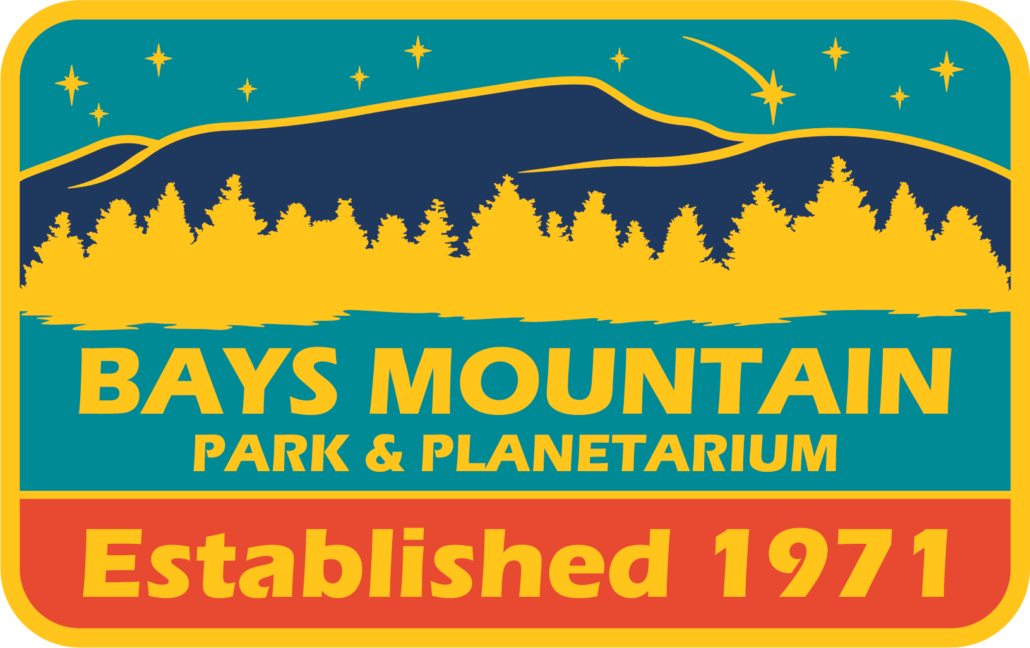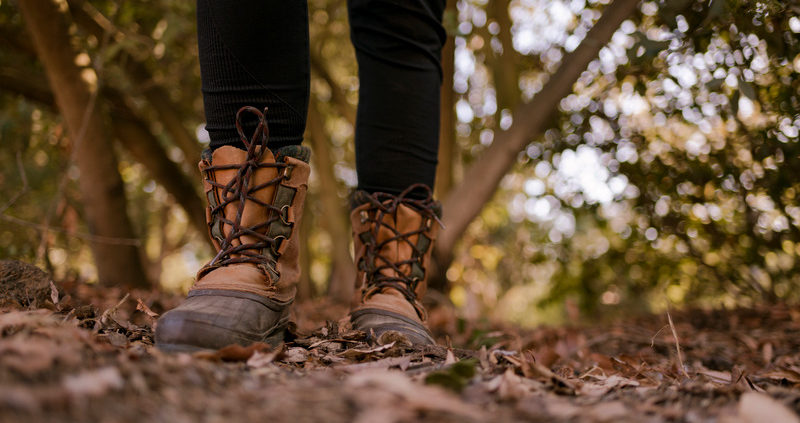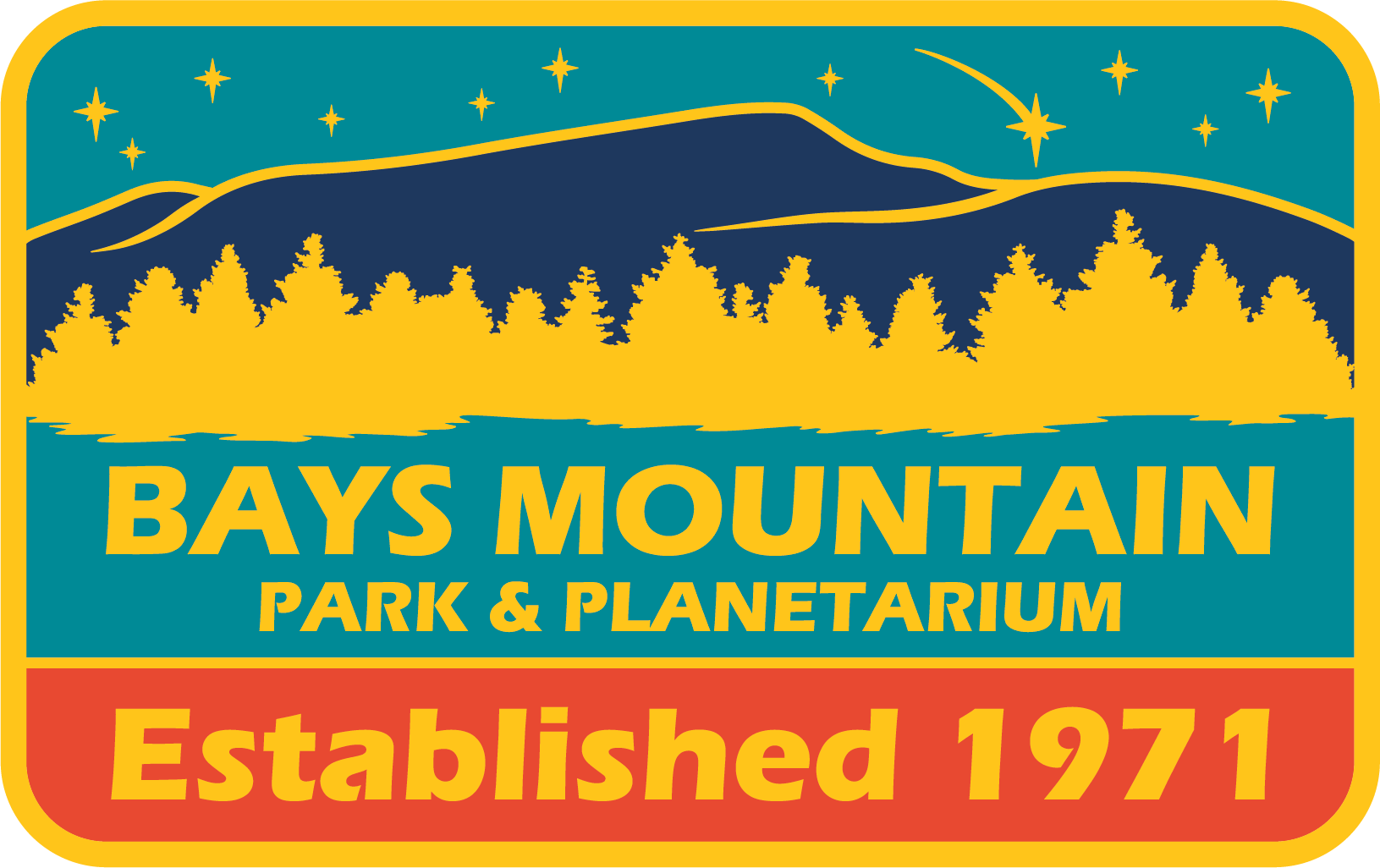Trail Etiquette for Winter & Wet Season Riding
The following is an article submitted a couple of years ago by our friends at SORBA. Although posted in the past, this article always serves as an excellent reminder for helping to care for our trails while getting the most out of your riding experience during this and any other time of year when the Park’s trails get drenched and/or frozen.
Mountain biking and mud have always gone together right? Yes and no. Back in the day, riding trails even when muddy was a sign of a dedicated rider. Today, we are smarter and know better; we are building better trails and we are learning that riding them when they are wet not only damages them but makes all the hard work put into creating and maintaining them seem a waste of time.
Winter is especially harsh. We experience what is called the “freeze thaw effect” during the winter and early spring months when the temperatures drop and moisture in the soil freezes and fills the voids pushing the soil particles apart causing the soil strength to weaken, thus, making it more erodible. As temperatures warm and the top layer of the soil thaws, the moisture is unable to sink down further into the lower, still frozen layers leaving the top layer saturated and absolutely intolerable to disturbance. Riding during this time cuts through the thawed layer causing ruts that will remain as the soil dries leaving the trail incapable of shedding water properly. As a result, it will remain muddy for much longer than normal every time it rains; even through the spring and summer, or until the trail is repaired.
How do we know when it’s okay to ride? During the winter months, a good rule of thumb is anytime the temperatures are below freezing or after the trails have had sufficient time to thaw and dry out for a couple of days. During the spring and summer months, 24 – 48 hours for a properly built trail will usually suffice.
Thank you for respecting and caring for your local trails!







